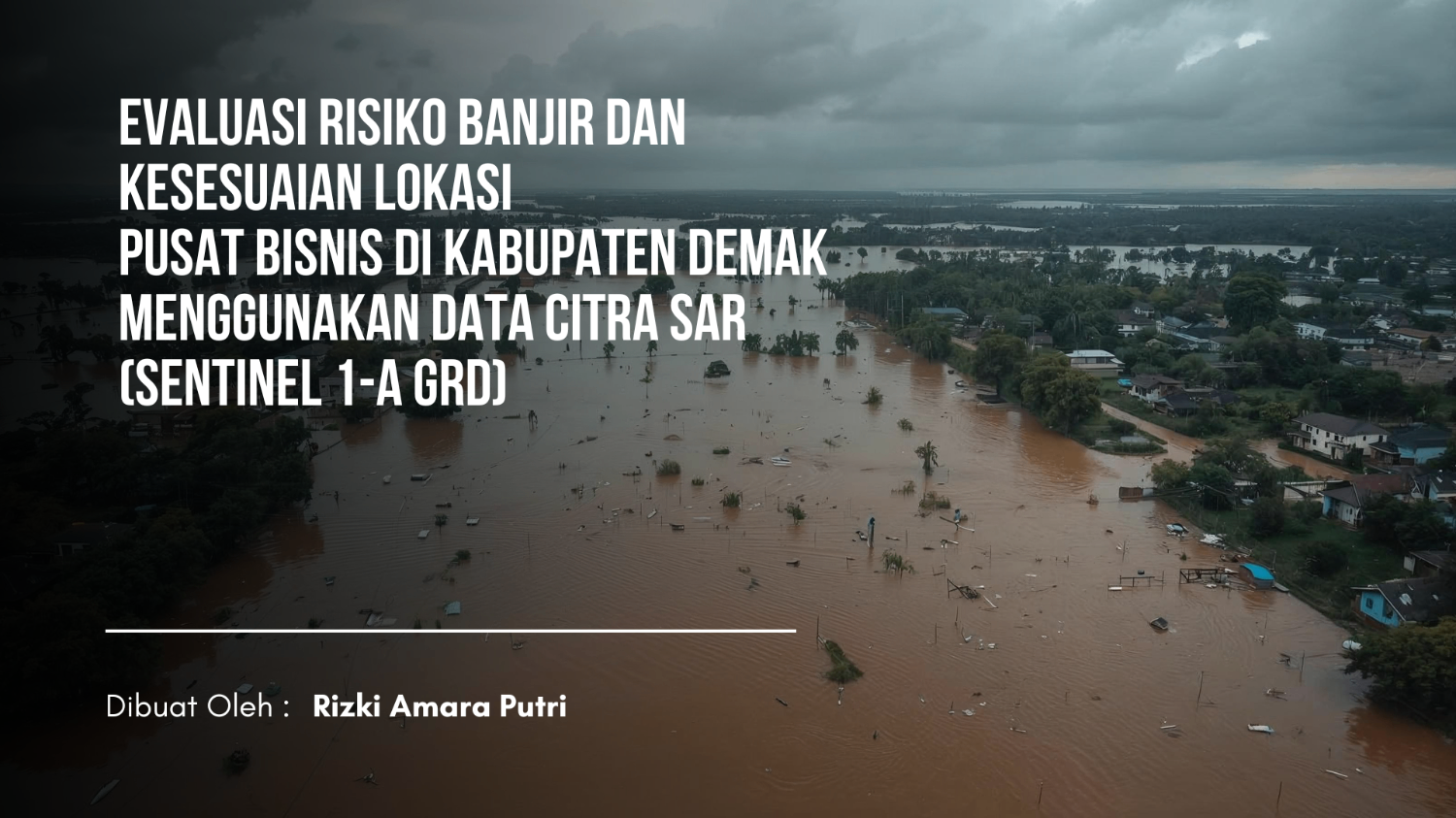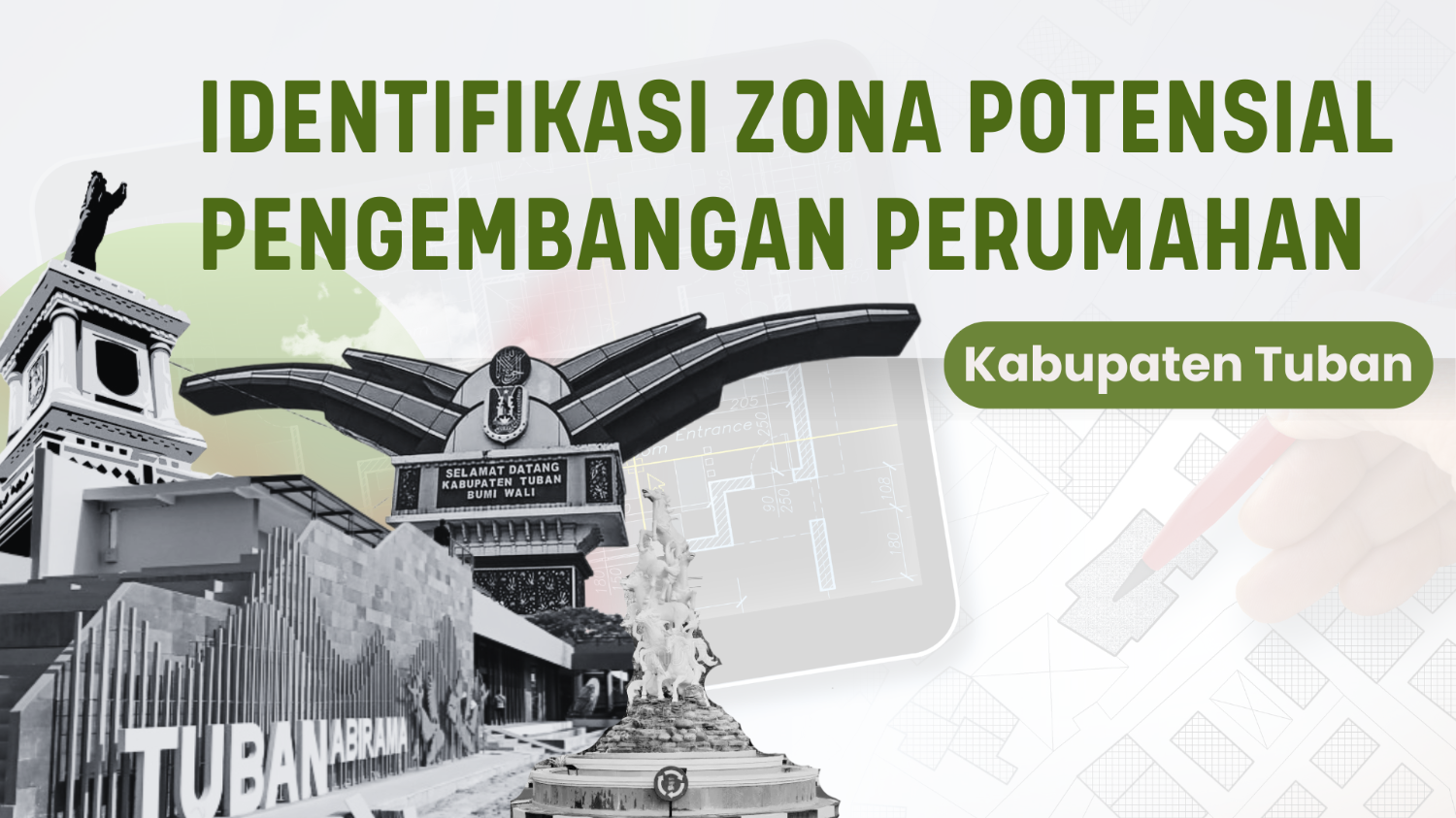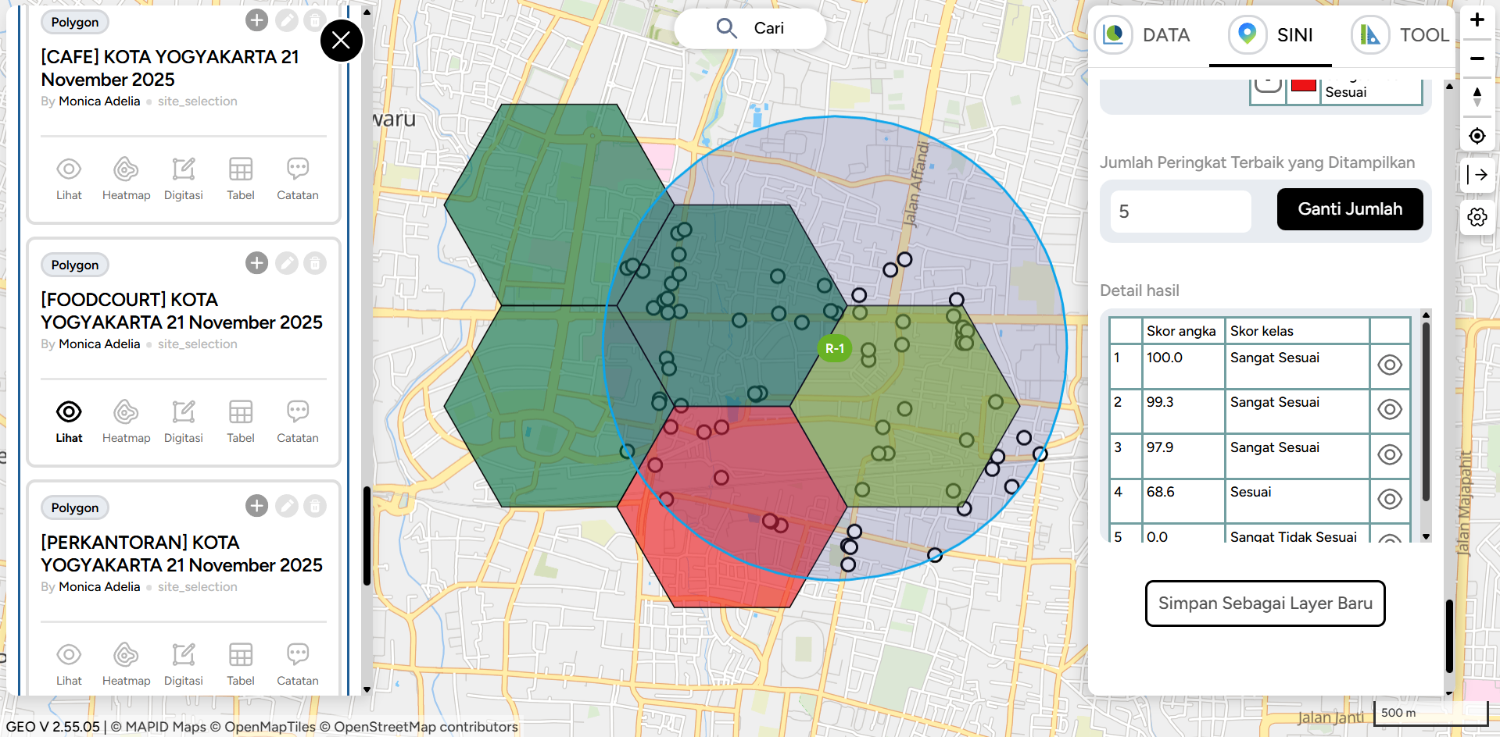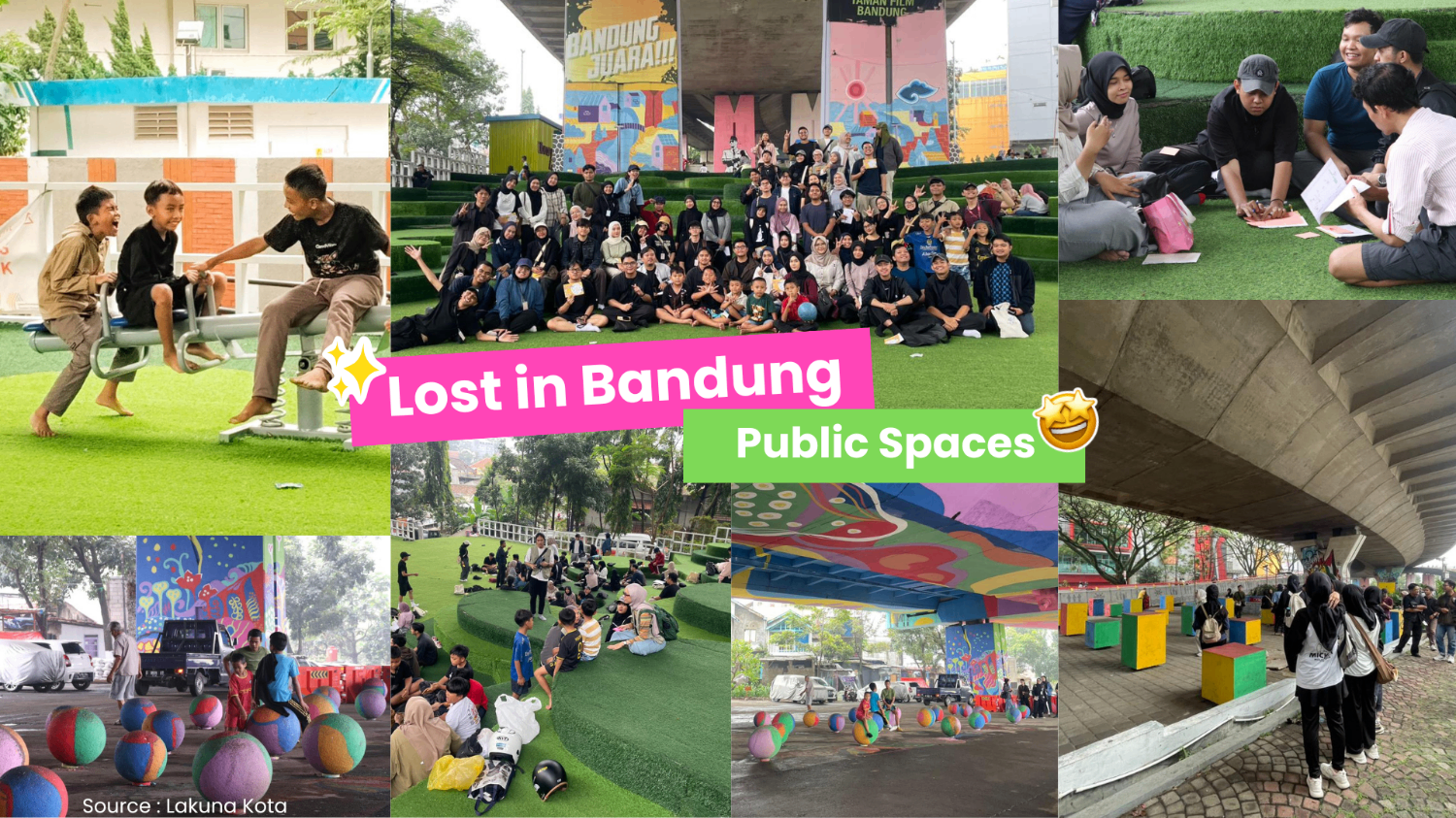Identifying new locations for potential commercial areas development around transit hubs to support Transit Oriented Development (TOD) in Jakarta
Background
The news that big cities in Indonesia currently suffer from very polluted air has been trending recently. IQAir reported that Indonesia's big cities were some of the most air-polluted cities in the world [1]. Jakarta and its satellite cities, especially South Tangerang, are some of the top polluted cities. In the picture below, Jakarta was the fourth most air-polluted city in Indonesia when this article was written (August 19th, 2023) [2]. This has a bad health impact on sensitive people. Many people are having problems in their respiratory systems, including cough, phlegm, and wheeze.

As a highly populated city, the main pollution sources in Jakarta are none other than motorized vehicle emissions. This was reported by the Minister of Environment and Forestry to the President in the Limited Meeting (Rapat Terbatas) of “the improvement of air quality in Jabodetabek” on August 14th, 2023. The minister also added that in 2022 there were 24.5 million of motorized vehicles [3].
Meteorological, Climatological, and Geophysical Agency (Badan Meteorologi, Klimatologi, dan Geofisika/BMKG) stated that the dry season was also causing increasing air pollution [4]. A dry season with less or no rainfall cannot wash the pollution particles in the atmosphere. But, do we have to wait for rain to reduce air pollution along the year?
If the main source of air pollution is the fuel combustion from motorized vehicles, then the solution of reducing the fuel consumption for transportation should be considered. By riding public transport instead of private vehicles, the high air pollution can be cut down. Jakarta is one of the cities with highly interconnected public transport.

The idea of regional development by optimizing integrated public transport to connect locations with mixed land-use is called Transit Oriented Development (TOD) [5]. It is expected that lots of people then can ride public transport to travel to frequently visited places, such as offices, malls, supermarkets, commercial areas, and other facilities. Jakarta has implemented public transport from Bus Rapid Transit (BRT), Commuter Line (Kereta Rel Listrik/KRL), Mass Rapid Transit (MRT), and Light Rail Transit (LRT). Not only interconnecting Jakarta, but some transits are available connecting outside Jakarta, for instance, Kereta Cepat Jakarta Bandung (KCJB). TOD undoubtedly provides big benefits, such as transportation accessibility, land-use efficiency, mobility improvement, economic activities, better life quality, and emission reduction, which is the opening problem in this article [6].
To reduce the use of private transport and encourage the use of public transport and walking, transit hubs should be built surrounded by public facilities, such as commercial areas (markets, malls), offices, education facilities, apartments, and so on. Too many landed houses are not preferable to build transit hubs.
Aims
This article aims to identify and recommend the locations to develop and re-develop or improve the agglomeration of mixed land-use for the public around the transit hubs. The term mixed land-use in this article covers commercial areas, offices, apartments, and other public facilities. The opposite is the private landed residential. From the collected dataset, there are more than 200 transit hubs in Jakarta. Developing commercial areas around the transit hubs sounds good at first, but the analysis of whether there have been lots of public facilities is essential.
This article tries to distinguish the transit hubs surrounded by intense mixed land-use from those surrounded by landed residential. Surely, the transit hubs located among mixed land-use deserve more attention to improvement. This article also finds the bare lands (open land) that have not been built around the transit hubs. This can be the next opportunity for improvement.
Spatial analysis and visualization are essential to deliver the result. With the help of the MapID platform, the interactive map can be shared with the public. The last aim of this article is to share the analysis result in an interactive map so that readers can view each of the transit locations, buffer zone, satellite image, land-use, and bare land.
Data and Methods
The following are tha required data to perform this task.
BRT Trans Jakarta bus stops, JakartaSatu
Bus terminals, JakartaSatu
Commuter stations, JakartaSatu
MRT stations, JakartaSatu
LRT stations, JakartaSatu and Google
Land-use, JakartaSatu
RDTR, JakartaSatu
Buffer zones of a 500-meter radius are generated from each transit hub. Then the land-use inside the buffer zone is clipped and analyzed for its area. The main land-use types to analyze are the bare land and the landed residential areas. The bare land area is important because the objective is to find large available bare land for new development. The landed residential areas are the opposite of public mixed land-use areas. A small composition of landed residential areas means a large composition of mixed land-use areas. The transit hubs with larger mixed land-use are more favorable to develop.

It will be better if there is a large bare land around the transit hubs. It will be potential for new commercial or public facilities development. Checking the land-use zonation (RDTR) will determine the suitable development. Some bare lands are meant for commercial or residential zones and others are for open green spaces.
Results and Discussions
p
The map has some layers available to display. The first layer is the “transit hub”. It combines all transit hub types, including bus terminals, bus stops, commuter/KRL, MRT, and LRT stations.

The second layer is the buffer zone of the transit hubs (layer name: “transit land-use at 500 m buffer”). It also contains information on the land-use areas in the buffer zone. Another buffer layer contains the summary information of bare land availability, landed residential composition, and the development priority scale (layer name: “transit land-use summary”).


The below image is the layer of "transit land-use summary" filtered for the priority locations to improve the mixed land-use.

There is also a detailed layer of land-use in the buffer zone (layer name: “transit detail land-use”). This layer is quite heavy as it has a big size in that it contains all of the land-use surrouding the tansit hubs. To simplify, another layer is extracted from this layer. It is the bare land layer. The bare land layer displays only the bare land surrounding the transit hubs (layer name: “transit land-use: bare land”).


As mentioned earlier, there are more than 200 transit hubs in Jakarta. Each of them already has their land-use mapped in the MapID web GIS. The bar plot below takes 20 examples of the transit hubs as examples of land-use composition within a 500-meter radius.

The first 5 samples from the left are the top priority transit hubs to develop. The are Halte Kuningan Madya, Halte Cempaka Mas, Halte Kuningan Barat, Halte kuningan Timur, and Halte ITC Mangga Dua. The main reasons are the bare land area and the land-use composition. The bare land areas are large enough that they are more than 10 hectares. Those 5 areas are also already surrounded by mixed land-use and have high traffic while the composition of the landed residential is below 20%. Developing new public commercial areas will attract more people to get there. On the bar chart above, we can see that orange bars do not cross the vertical gridline at 20% indicating low composition of landed residential which means high composition of mixed land-use. The red bars are large enough showing large available open land.
The other 5 transit hubs are still similar, except that they have a higher composition of landed residential, around 20% to 40%. In other words, Halte Gatot Subroto Jamsostek, Halte Pedongkelan, Halte Tegal Parang, Terminal Pulo Gerbang, and Setiabudi LRT Station are surrounded by mixed land-use although they are not as crowded as the former 5 examples. The long red bars on the chart indicate the large piece of bare land. But, the orange bars cross the 20% vertical gridline saying that the landed residential areas are larger.
If there are transit hubs with populated mixed land-use, but less bare land, then the opportunity still exists by focusing on improving and completing them. Examples of transit hubs with this condition are Halte Bendungan Hilir, Stasiun MRT Setiabudi, Terminal Rawabuaya, Stasiun MRT Setiabudi, and Stasiun Juanda. We can interpret this from the bar chart. Five of the examples have low orange bars and red bars.
The last 5 examples on the bar chart clearly show a big portion of orange bars. This means that the majority of the land-use surrounding the transit hubs is landed residential. The transit hubs provide benefits for the residents. But, the less mixed land-use make them the lowest priority to developmixed land-use agglomeration.
After finding the bare land to build new commercial areas, the next step is to identify the detailed land-use planning zonation. This can be done with Jakarta RDTR (Rencana Detail Tata Ruang). The RDTR tells what zonation of the bare land is and the development should based on it.
The following figure is an example of Halte Kuningan Madya. This transit hub has the largest bare land area. The red circle is the buffer zone of 500 meters from the transit hub. The only yellow dot in the center of the red circle is the Halte Kuningan Madya. The other nearby transit hubs are represented in blue dots. Along the road, there are big buildings, especially the offices. The purple polygons delineate the bare land areas.

Next, identify each of the bare land zonations. The image below is the RDTR zonation. The black-white circle in the middle is the transit hub. Notice that all of the bare land areas are in the zonation with red color and tagged with K-1. The red zonations represent the commercial zonation and K-1 means the top level of commercial zonation. Below K-1, there are K-2 and K-3 showing the commercial area level. This means that there are big opportunities to build new commercial areas.

Unlike Halte Kungingan Madya with a lot of office buildings, Halte ITC Mangga Dua is the transit hub that has high activities in commercials. The long green bars on the bar chart above indicate this condition. The potential of expanding more commercial activities is very positive in this location. In the satellite image below, there is a big chunk of bare land at the north of the transit hub.

Checking on what the zonation is for the bare land, again, plays a very important role in deciding whether it is suitable to build commercial land. The majority of the bare land is in commercial areas zonation as it is in red color labeled with K-3. In the west part of the bare land, a small proportion of the area must be allocated for open green space. The RDTR zonation shows the green area with the label RTH-8.

In some cases, the bare land is not for commercial development. For instance, at Halte Cempaka Mas, there are two big pieces of bare land at the north and south of the transit hub. According to the RDTR, the north bare land is determined for open green space, labeled with RTH. Meanwhile, the bare land in south is planned for local conservation areas, labeled with PS.


Those three samples are clear enough to explain the implementation of RDTR zonation of planning the bare land development. Before wrapping up, let’s explore a little bit on the other samples.
Halte Juanda's satellite view is displayed below. Observe that there is almost no bare land. But, the mixed land-use already dominated the areas. Only a small portion of areas are for landed residential. This is the view of the transit hub which already has mixed land-use development. Further development can be executed without developing new land.

The last example explains Stasiun Gang Sentiong. Eighty percent of the land-use is landed residential. It even has a cemetery. It is not common for a massive number of people to stop by there. So, commercial area is not urgent to build there.

Conclusions
Air pollution commonly happens in big cities, for example in Jakarta. TOD concept is implemented in regional development to encourage the use of public transport and emission pollution reduction. Public mixed land-use should agglomerate at surrounding transit hubs so that people can mobilize from transit hub to transit hub without relying too much on private transport.
The new development of bare land around transit hubs with high commercial activities is an opportunity. Some transit hubs, like Halte Kuningan Madya, Halte Kuningan Timur, and Halte ITC Mangga Dua still have available bare land to build. Other transit hubs, such as Stasiun Angke, Stasiun Gang Sentiong, and Halte Galur have too large landed residential and smaller mixed land-use. These areas are not a priority to build the mixed land-use and commercial agglomeration.
To observe the detailed results of every transit hub, find the web GIS platform attached to this article. The spatial analysis is done and the visualization is ready to display in the web GIS platform provided by MapID attached to this article.
References
[1] accessed in August 19th 2023 11:35
[2] accessed in August 19th 2023 11:35
[5] Ayuningtyas, S. H. and Karmilah, M. (2019). Penerapan Transit Oriented Development (TOD) sebagai Upaya Mewujudkan Transportasi yang Berkelanjutan. 24. 45-66. Diakses pad79.

![[GEODATA] Tutupan Lahan Indonesia](https://mapidstorage.s3.amazonaws.com/general_image/mapidseeit/1684312961161_COVER%20GEODATA_%20Tutupan%20Lahan.png)
![[GEODATA] Status Ekonomi dan Sosial (SES) Indonesia](https://mapidstorage.s3.amazonaws.com/general_image/mapidseeit/1693454652933_20230831-085941.jpg.jpeg)






